We are partnering with Sudanese humanitarian organizations to deliver essential aid, including food, water, medicine, and shelter to those trapped in war zones. Our brave team members are working tirelessly in these dangerous areas to alleviate the suffering of innocent civilians.


Help Children and Refugees in Sudan
- Sudan now has the highest number of internally displaced people – 7.1 million – on earth.
- Over 9 million children in Sudan are facing severe food shortages due to conflict disrupting crop production.
- During the first 11 days of the war, on average, 7
children have been killed or injured EVERY HOUR.
Please Help Us:

- Zelle: 773-562-1800
- Zelle: info@gosaa.org



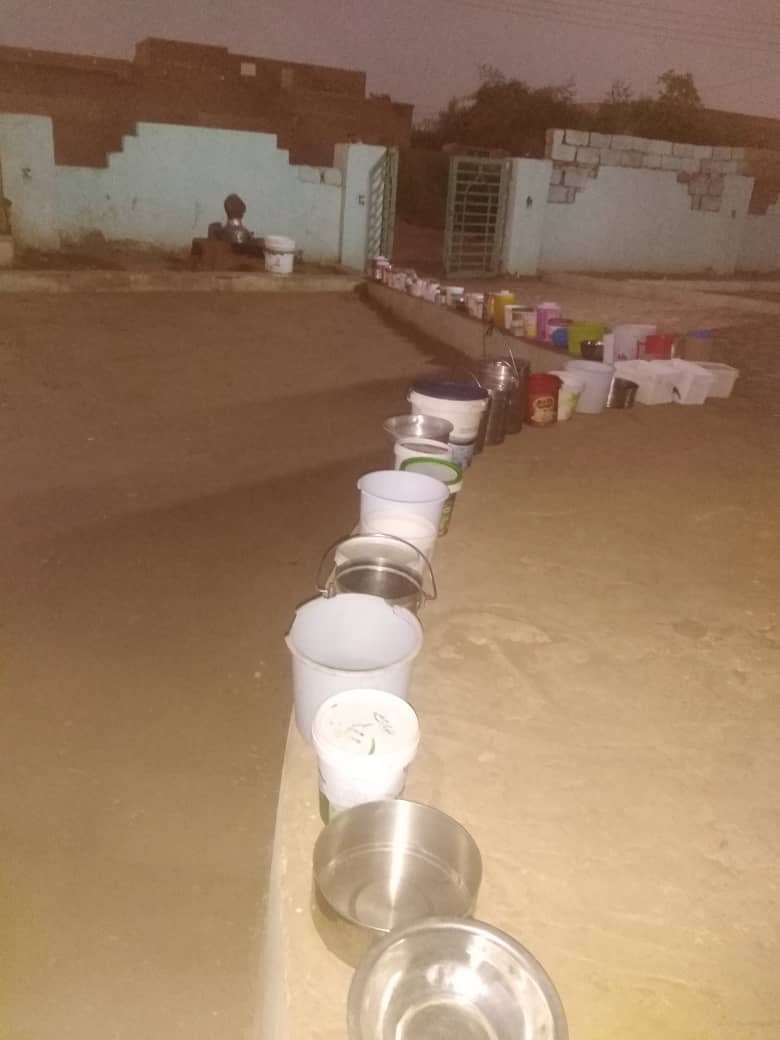





We are partnering with Sudanese humanitarian organizations to deliver essential aid, including food, water, medicine, and shelter to those trapped in war zones. Our brave team members are working tirelessly in these dangerous areas to alleviate the suffering of innocent civilians.
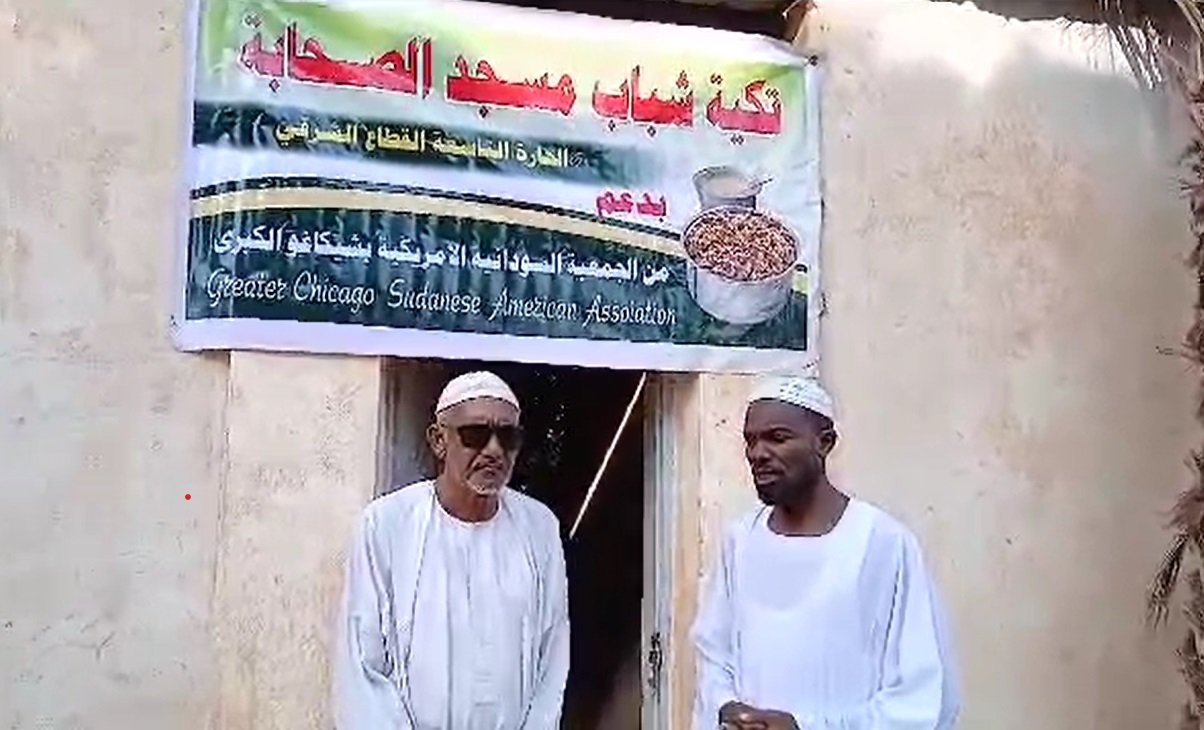
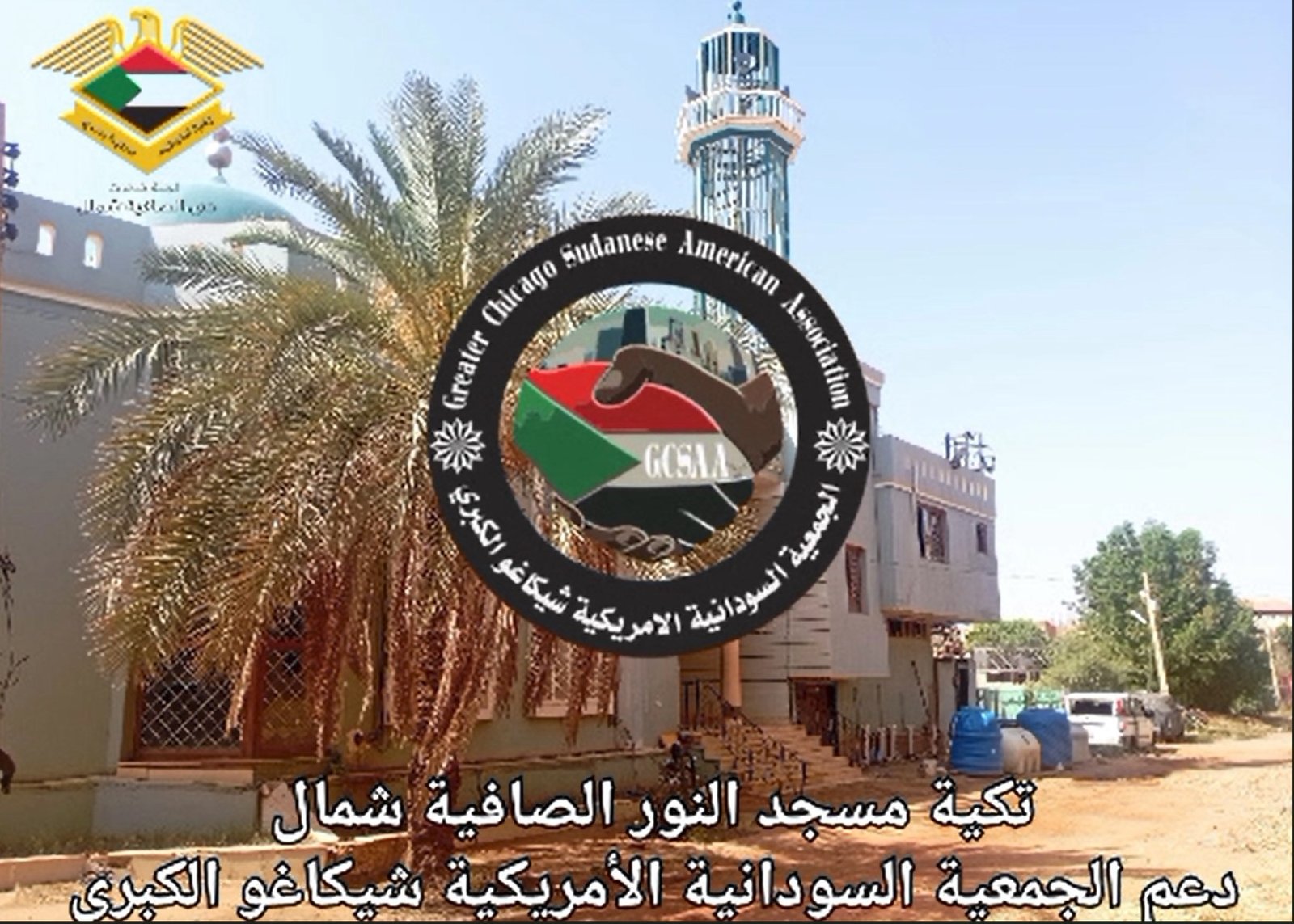
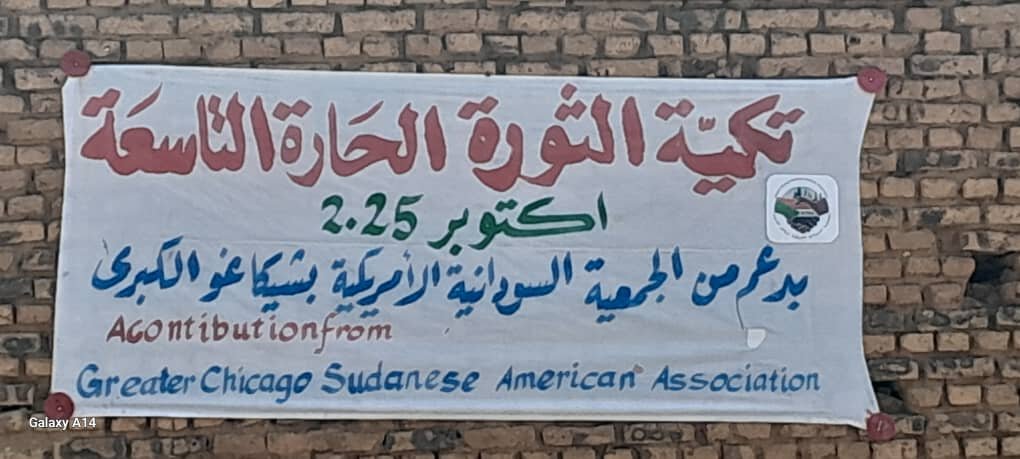
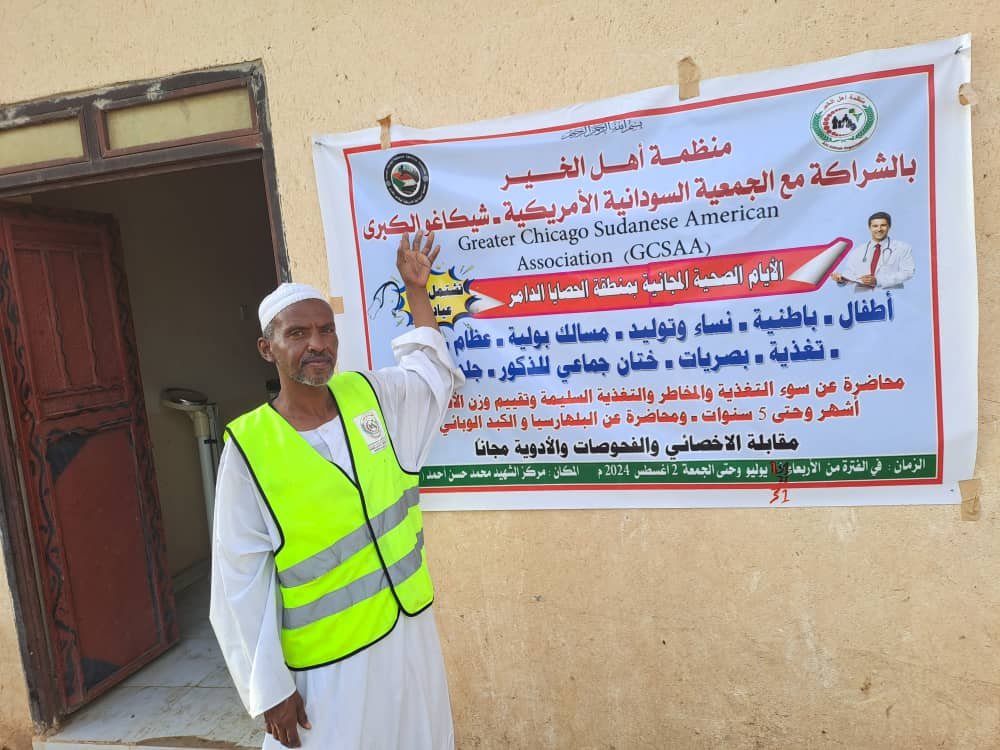
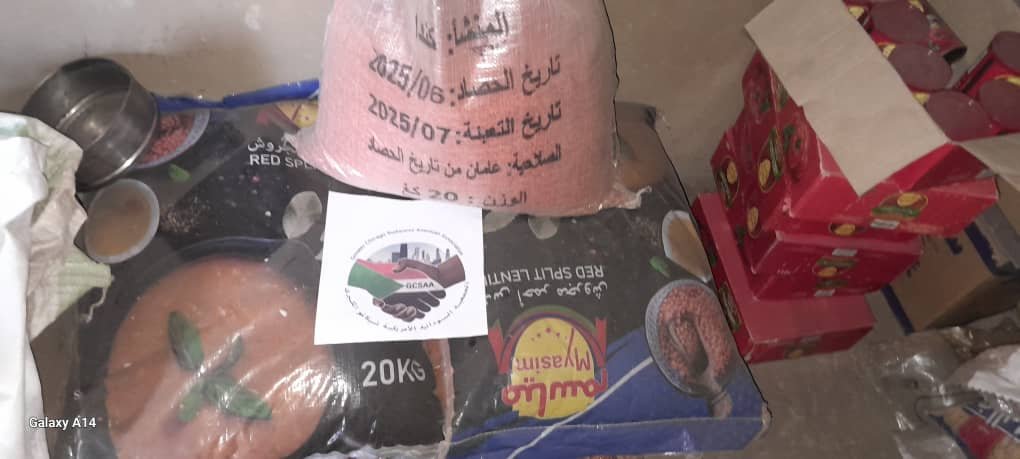


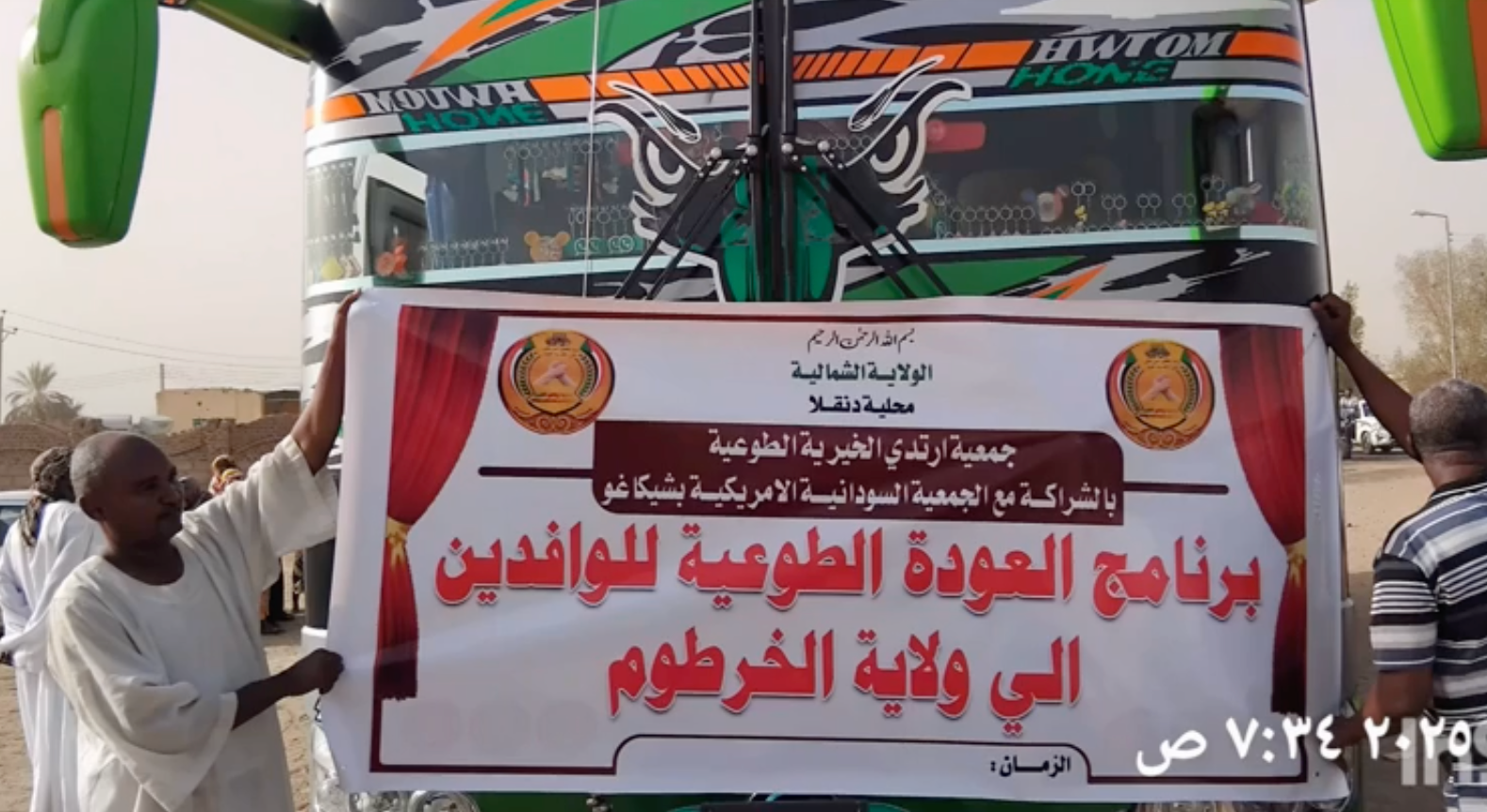
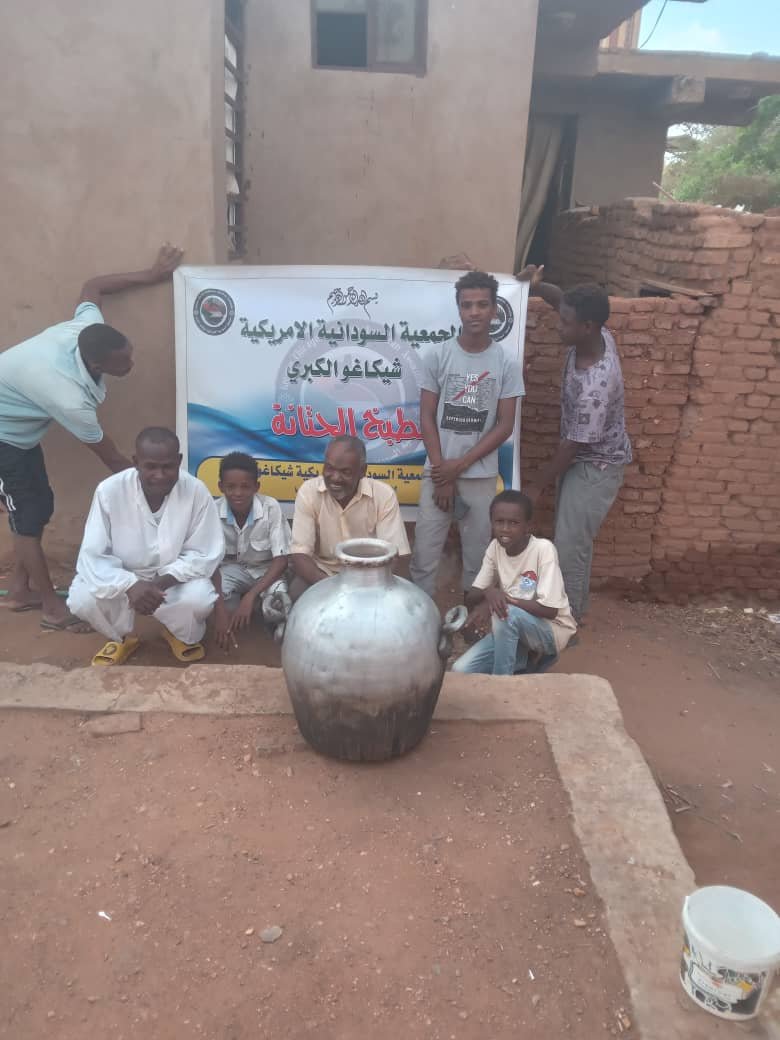










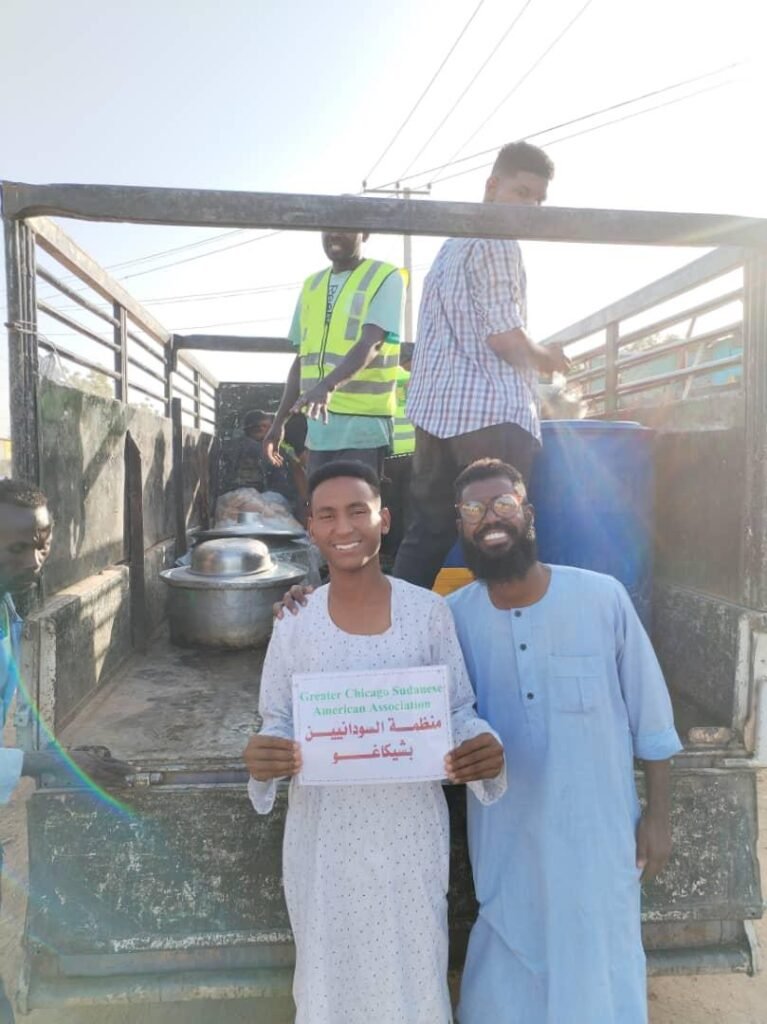
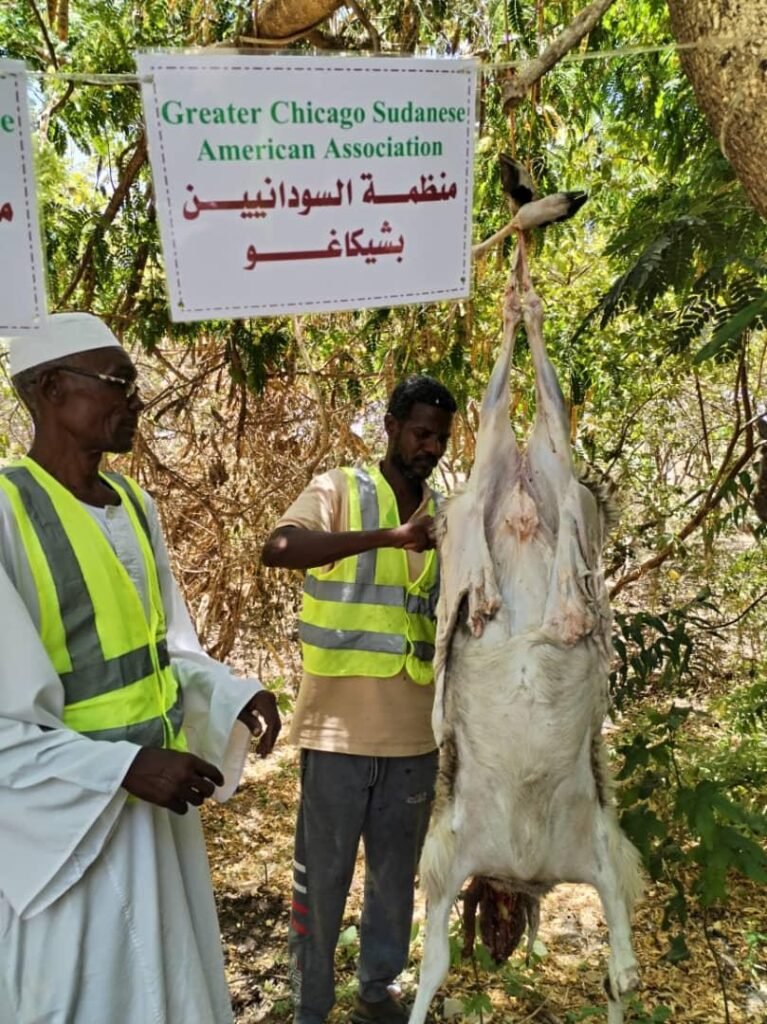





They Need Your Help
Sudan War Crisis
The brutal war that erupted in Sudan in April 2023 between the Sudanese Armed Forces (SAF) and the paramilitary Rapid Support Force (RSF) has plunged the nation into a catastrophic humanitarian crisis.
Key impacts as of July 2025 include:
Mass Displacement: The conflict has forced an estimated 12 million people to flee their homes, making it the world’s largest displacement crisis. This includes 7.7 million internally displaced persons (IDPs) within Sudan and 4.1 million who have sought refuge in neighboring countries such as Chad, South Sudan, Egypt, Ethiopia, and the Central African Republic. Over half of the internally displaced are children.
Staggering Death Toll: While exact figures remain difficult to confirm due to ongoing conflict and communication disruptions, it is estimated that at least 150,000 people may have been killed since the conflict began. Recent reports from July 2025 indicate intensifying clashes, particularly in North Kordofan and Darfur, continue to result in scores, and even hundreds, of civilian deaths.
Dire Food Insecurity and Famine: More than half the population, 25.6 million people, are facing acute food insecurity, with 8.5 million at emergency levels. Famine has been declared in parts of the country, including in IDP camps, and the situation is expected to worsen during the lean season (July-September 2025).
Collapsed Healthcare System: The healthcare system is on the brink of collapse. There have been 623 documented attacks on healthcare facilities between April 2023 and May 2025, resulting in significant damage and the deaths of 154 health workers. Seventy percent of hospitals in conflict zones are non-functional, leading to severe shortages of medicines, vital supplies, and a critical lack of medical personnel. Disease outbreaks, including cholera, are rampant and exacerbated by inadequate sanitation and limited access to care.
Extreme Resource Scarcity: Beyond food and medicine, Sudan faces critical shortages of water and fuel. This, combined with limited communications and electricity, and soaring prices for essential items, has made daily survival a monumental challenge for millions.
With no end to the violence in sight, Sudanese people are desperately seeking safety and protection. The international community faces an urgent need to increase humanitarian funding and press for a lasting peace to prevent further devastation.




They Need Your Help
Sudan War Crisis
Sudanese People suffering from the war that started in April 2023, in the Sudanese capital Khartoum between the Sudanese army and the paramilitary Rapid Support Force (RSF). The deadly conflict has forced over 8.6 million people to flee their homes and more than 14,000 people have been killed. With no end to the violence in sight, people are desperately seeking safety and protection, both inside Sudan and in bordering countries such as Chad, South Sudan, Egypt, Ethiopia, and the Central African Republic. Inside Sudan, the humanitarian situation remains dire due to ongoing fighting and shortages of food, water, and fuel, limited communications and electricity, and very high prices of essential items. Health care has been critically affected and there are severe shortages of medicines and vital supplies.


Help Children and Refugees in Sudan
- Sudan now has the highest number of internally displaced people – 7.1 million – on earth.
- Over 9 million children in Sudan are facing severe food shortages due to conflict disrupting crop production.
- During the first 11 days of the war, on average, 7 children have been killed or injured EVERY HOUR.
Please Help Us

- Zelle: 773-562-1800
- Zelle: info@gosaa.org
About GCSAA
Greater Chicago Sudanese American Association (GCSAA) is a non-profit organization 501(c)(3) registered in the U.S. GCSAA is dedicated to offering assistance and relief, enhancing health and nutrition, ensuring access to clean water, and advancing educational and economic development for underprivileged communities in Sudan and Sudanese individuals residing in the USA.
What We Do?
Your Donations are Helping Us Provide:

Food

Medicines

Pure Water

Shelter

To Struggling Families in Sudan
Sudan Conflict: Frequently Asked Questions
When did the conflict in Sudan begin?
The conflict in Sudan began on April 15, 2023.
The eruption of fighting came as Sudan is facing its worst-ever humanitarian crisis with conflict, natural disasters, disease outbreaks, and economic degradation resulting in 15.8 million people—about a third of the population, and more than half of them children—needing humanitarian support.
Before the current conflict, Sudan had already been grappling with violence and displacement since the onset of the Darfur crisis in 2003.
How has the conflict in Sudan impacted health facilities?
Since the violence broke out in April, Save the Children has been forced to close 57 of its nutrition facilities, with 31,000 children missing out on treatment for malnutrition and related illnesses across the country.
In the 108 facilities where Save the Children operates, therapeutic food stocks are running critically low, with buffer stock, or emergency supplies, now being used in the most extreme cases.
What is life like for children and families in Sudan who are fleeing conflict?
Millions of desperate families fleeing conflict are now sheltering wherever they can find safety, including in schools, in camps, with relatives, and in some cases out in the open. Many families have been displaced multiple times when the place they were seeking safety came under attack.
Many communities where newly displaced families are arriving are already facing challenges as a result of existing crises, with basic services already overstretched.
Where are Sudan refugees fleeing to?
According to the UNHCR, Chad has received the largest number of people (260,390), followed by Egypt (255,565), South Sudan (178,560), Ethiopia (26,801) and Central African Republic (17,227). In South Sudan, most of those arriving are returning nationals who had been living in Sudan as refugees.
Without a resolution to the crisis, hundreds of thousands more people will be compelled to flee in search of refuge and basic assistance.
How does the number of displaced people in Sudan compare to that of other countries?
The number of displaced people in Sudan now eclipses other war-torn countries with massive internal displacements, including the next highest country, Syria (with 6.6 million people), the Democratic Republic of Congo (DRC) (6.1 million people) and Ukraine (5.1 million people).
How many people in Sudan have been displaced due to the conflict?
Total Displaced: An estimated 12 million people have been forced to leave their homes.
Internally Displaced Persons (IDPs): Approximately 7.7 million people are internally displaced within Sudan.
Refugees in Neighboring Countries: Around 4.1 million people have fled Sudan to seek protection in bordering countries, including 3.2 million Sudanese and about 800,000 refugees from other countries who had previously sought refuge in Sudan.
How is Save the Children helping children and families in Sudan who have been displaced by conflict?
Save the Children is bringing together the best of our experience in humanitarian emergencies and long-term programs and working with partners to ensure that urgently needed support reaches children and families in Sudan and neighboring countries.
Your donation to the Children’s Emergency Fund supports this life-saving work.







